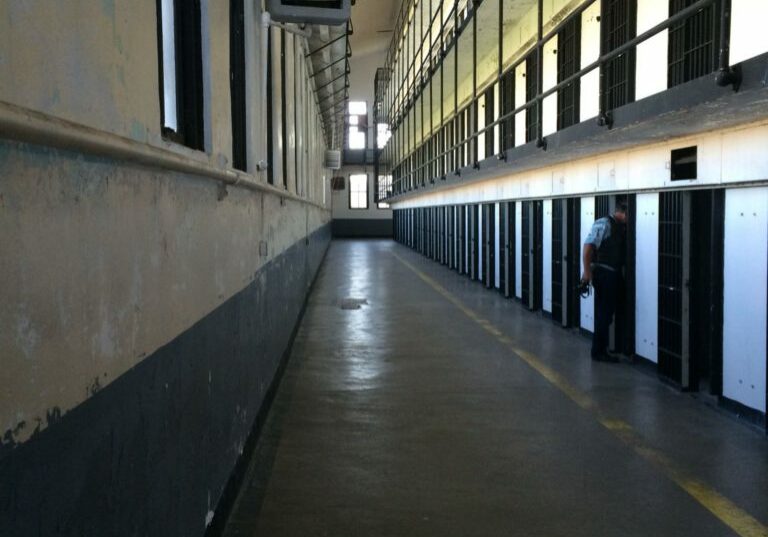Correctional Populations on the Decline in America
Mass incarceration has plagued the United States for years now. There are still over 6 million people incarcerated in America. But a new report from the Bureau of Justice Statistics suggests that correctional populations are on the decline.
This report is part of an annual series that began in 1958. It’s primary use is to determine how many individuals are under correctional supervision. This report spans only a single year (2017-2018), but its results are positive.
A significant drop in correctional populations
As of 2018, 6,400,000 million adults were involved in the United States correctional system. In 2007, that number was over 7,000,000. Almost one-million people were released from correctional supervision in the span of ten years. While this number is still extraordinarily high, 2018 did mark a 19-year population low.
By the end of 2018, only 2,510 out of every 100,00 adults were under the supervision of the correctional system. This is the first time since 1996 that the adult incarceration rate was so low.
During 2017-2018, the total number of incarcerated individuals in the United States dropped from 2,153,600 to 2,123,100. There was also a significant decrease in the number of individuals under community supervision (1.4%). Even jails saw a decline in population numbers.
Number Fluctuations in 2017-2018
As a result of these changes, the entire corrections system saw a 2.1% decrease in total population size. This change came from 1.4% decrease in incarcerated individuals. However, the largest contributing factor to this change was the 2.4% decrease in community supervision.
Before December 31, 2017, the total number of individuals on probation or parole was over 4,500,000. By December 31, 2018, that number dropped by approximately 100,000. However, there was a minor increase in the parole population. Even so, the number of individuals under community supervision was at its lowest since 1998.
This decline extended to federal, state prisons and jails. In 2017, there were 2,153,600 people incarcerated. By the end of 2018, there were only 2,123,100 people in correctional facilities. Local jails experienced a similar change, with a 5.2% decrease in the total population size across America.
Conclusion
The total correctional population in 2007 was over 7,300,000. With the data provided by the BJS, we now see a steady declination in the United States carceral system. The largest factor attributed to this decline was the reduction in correctional supervision across the United States. However, there is a correlation between adult non-offenders and incarcerated individuals. With a larger non-offender population, there is the potential that it may offset a larger inmate population.
It is likely that this trend will continue in the future. With the COVID-19 pandemic sweeping through correctional facilities across America, more inmates are seeking compassionate release. As a result, it is likely that we will see further decline in inmate populations. If you or a loved one is seeking a compassionate release, call the law firm of Brandon Sample, PLC.
Recommended for you
MVRA Restitution And Loss Amount Inadequate, Eleventh Circuit Holds
United States v. Mitchell J. Stein : Mitchell Stein, a former attorney, challenged the district court’s loss and MVRA restitution determination in a mail, wire, and securities fraud prosecution arguing that the Government had failed to demonstrate both factual and legal causation for the loss amount.Using the same standard for Stein’s loss and restitution challenge,…
Career Offender Enhancement Cannot Be Based On Texas Possession With Intent To Distribute Conviction
United States v. Tanksley – Career Offender Enhancement : Dantana Tanksley was previously convicted in Texas under Section 481.112(a) of the Texas controlled substances act of possessing with intent to distribute a controlled substance. He was later enhanced as a career offender under federal sentencing guidelines. Under the federal sentencing guidelines, an individual can be…
Attorney Abandonment Claim Remanded For A Hearing
Mark Christeson filed a motion to re-open his habeas proceedings under Rule 60(b) arguing that his attorney’s failure to timely submit his 28 U.S.C. § 2254 petition (used by state prisoners but similar to a 2255) constituted attorney abandonment. The abandonment issue was key to resolving whether “extraordinary circumstances” existed to warrant granting Rule 60…




